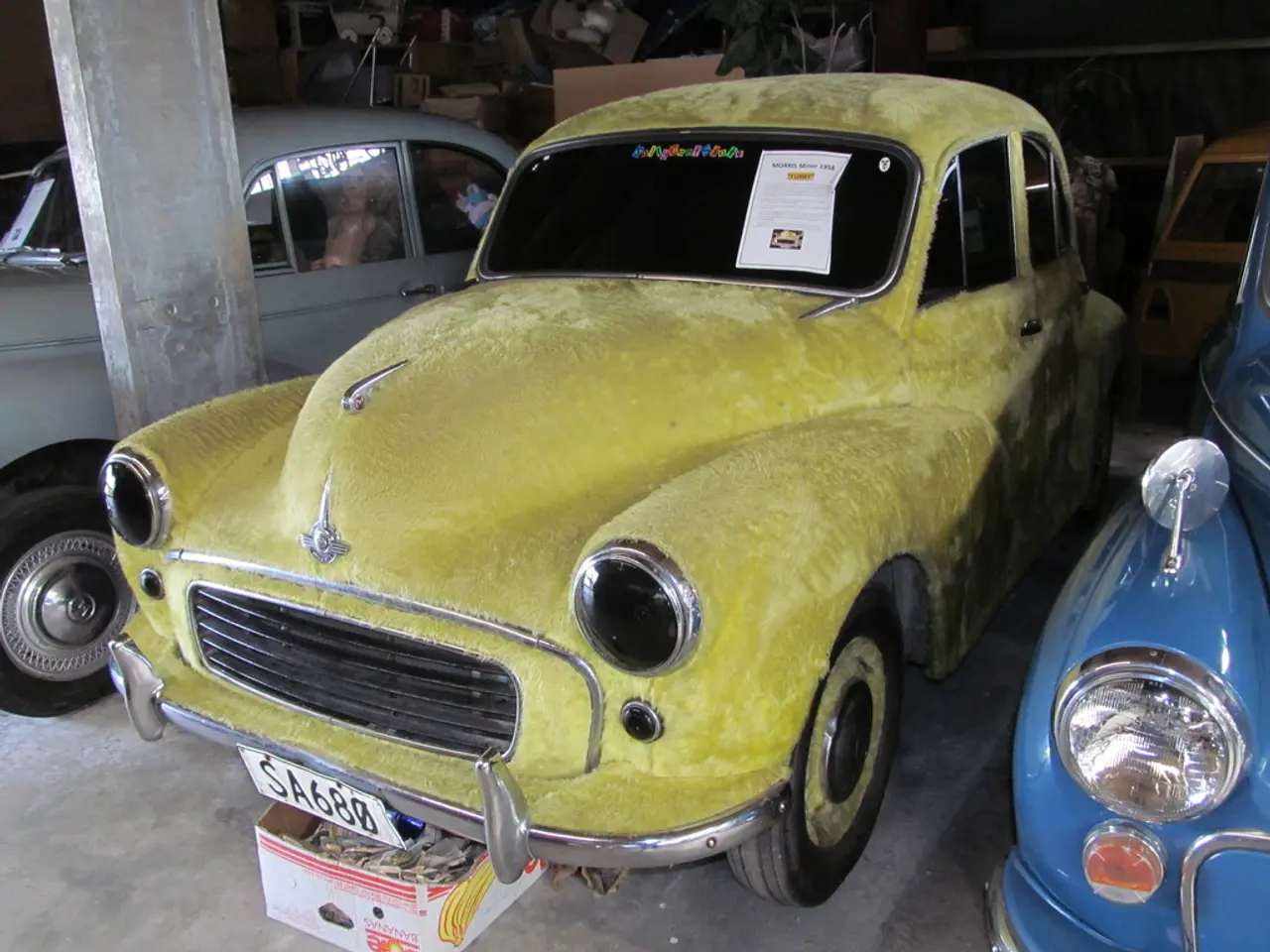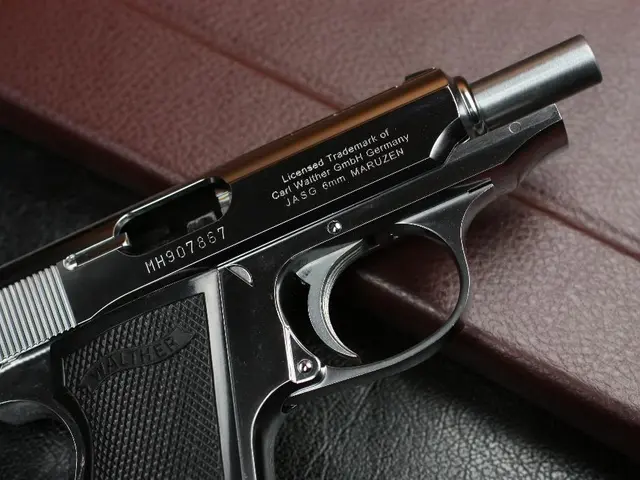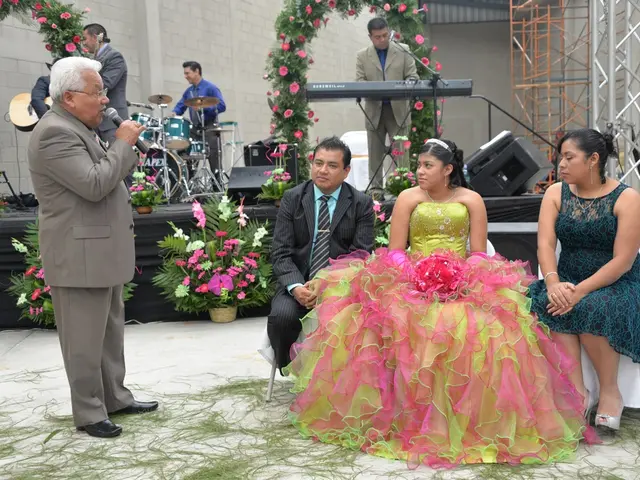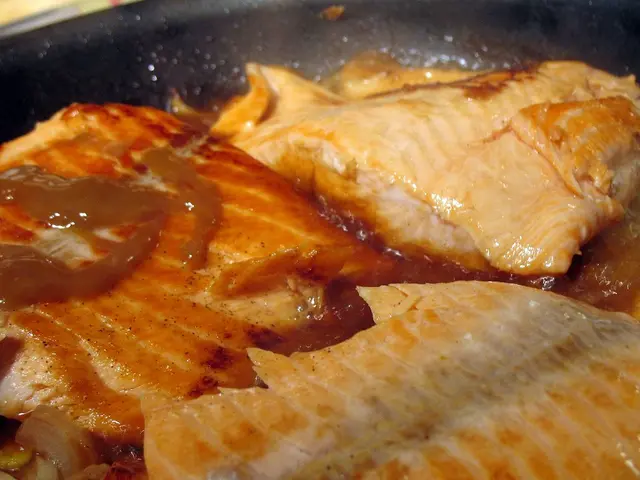Inquiry into the Unusual Car Exhaust of Pebble Beach's Showcase Vehicle Winner
In the roaring twenties, a Leipzig-based company named Steigboy Apparatebau made its mark on the transportation industry. Founded by Friedrich August Boysen in 1921, the company was best known for its innovative vacuum exhaust systems, particularly the one installed on the 1924 Hispano-Suiza H6C Nieuport-Astra Torpedo.
The exhaust system, a distinctive double-triangle-plus-hamburgers-looking maze, terminates ahead of the rear wheel. It was designed to scavenge cylinders between pulses, cut back-pressure, and muffle the sound. The system's design featured large, round "hamburger-like" chambers immediately after the exhaust header, providing a sudden expansion of volume to reduce sharp pressure pulses.
Inside, a beveled baffle sat opposite the outlet pipe, which included helical vanes to swirl and accelerate the exhaust gases. This swirling action induced a slight vacuum in the main chamber, effectively helping to evacuate exhaust gases and improve scavenging for the engine cylinders. The reactive silencing effect relied on carefully tuned volume, geometry, and wave reflections rather than modern fibrous packing materials.
The Steigboy exhaust system on Dubonnet's Hispano-Suiza was designed to create an optimal volume-to-surface ratio and symmetric wave reflections for pulse cancellation. The exhaust dumps out of the left side of the car.
The car, a masterpiece of craftsmanship, is constructed of strips of mahogany, each individually carved to shape and joined to the inner ribs by 8,500 rivets. It was originally commissioned and owned by André Dubonnet, a distinguished aviator, Olympic athlete, racing driver, and car suspension designer.
The 1920s were the high point for Steigboy, as indicated by the brand's success in the AVUS motorcycle race and its diversification into other aspects of transportation. In 1922, Steigboy's exhausts were on the winning bikes in the AVUS motorcycle race. The company even dabbled in creating a three-wheeled cargo truck.
The Steigboy exhaust system matched the vibe and era of a gentleman aviator's racing car very well, given Boysen's aviation ties and the marketing of his silencers for cars, bikes, and aircraft. Dubonnet's grandfather, interestingly, invented the aperitif brand bearing his namesake.
After a meticulous restoration by Penny and Lee Anderson at a monocle-shattering expense, the car was sold in 2022 for $9,245,000. In 2025, the car was awarded the Best of Show at the Pebble Beach Concours d'Elegance. A testament to the enduring appeal of the Steigboy exhaust system and the 1924 Hispano-Suiza H6C Nieuport-Astra Torpedo.
Today, the Boysen Group, the current incarnation of Steigboy, makes not only exhaust systems but also battery cases, hydrogen tank systems, control elements, electronic components, and other industrial items. The legacy of Steigboy lives on, a reminder of the innovative spirit of the past and its impact on the future of transportation.








